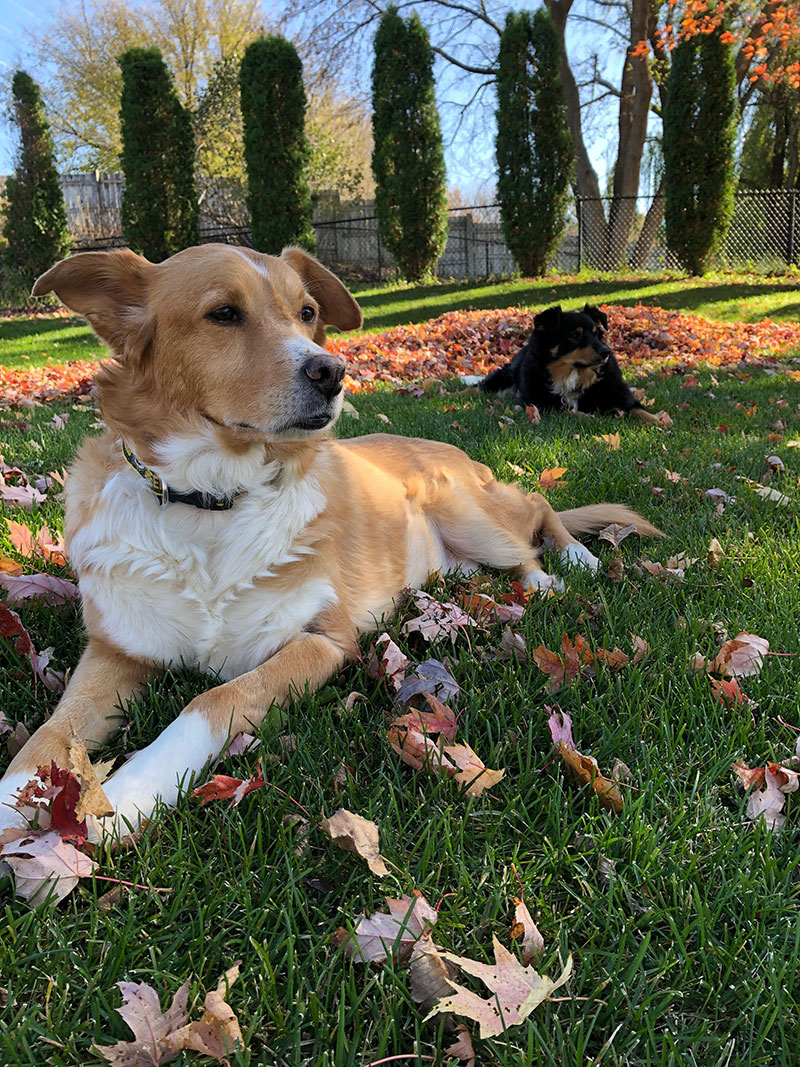Want to get rid of crabgrass? Chemical weed killer can create problems for your lawn, but organic solutions like corn gluten can prevent crabgrass without harmful toxins. Here’s how to get rid of crabgrass naturally.
How to Get Rid of Crabgrass
Crabgrass is an annual plant that dies off each year, but once you have it, it takes a long time to get rid of it. Each crabgrass plant produces up to 150,000 seeds, and those seeds can stay in your yard for up to three years. As such, it’s much easier to prevent crabgrass than to get rid of it.
How to Kill Crabgrass Naturally
If you’re reading this post, it’s likely you’re already dealing with crabgrass, which means prevention is no longer an option. Though a simple solution may be to kill crabgrass with chemicals, we advise against this for several reasons:
- Chemicals leave residue, which can be harmful for pets or children.
- Topical treatments can run off into water.
- The more you use chemicals, the more you need to use chemicals.
More specifically, many chemical weed killers actually won’t kill crabgrass, and those that kill crabgrass seeds may actually kill your lawn, as well. Why? Because crabgrass is a grass, just like the rest of your lawn. If you do use chemicals, you have to be extremely careful when choosing treatment.
Instead, we believe the best solution is a natural approach. Here’s how to get rid of crabgrass without chemicals.
How to Stop the Plant
Once the plant emerges, you may be tempted to just mow your lawn short and hope that kills the plants, but that’s an ineffective strategy, due to how low the crabgrass grows.
Start by pulling out any plants you see and throwing them away, but don’t use them as mulch or in your compost pile, because they’ll find ways to grow there, too. Do this early in the season, before they can produce seeds.
How To Stop the Seeds
Once the plants are producing seeds, you want to prevent those hundreds of thousands of seeds from germinating.
Using corn meal for crabgrass control is a natural way to stop the seeds from growing, but you must ensure you’re applying it in appropriate amounts—approximately 0.9 lbs. of nitrogen per 1,000 sq. ft. and no more than three times a year. Instead of leaving residual chemicals that can run off into your water supply, corn gluten breaks down quickly, and the nitrogen then turns into a natural fertilizer for the rest of your lawn.
How to Prevent Crabgrass
Instead of treating the crabgrass, treat your lawn as a whole. Good lawn practices are key to preventing the crabgrass from returning. Dense grass will shade the ground, preventing crabgrass seeds from germinating, and deeply watered lawns will kill off shallow-rooted weeds.
Crabgrass grows well in adverse conditions, so the best way to prevent it is to have a dense, healthy lawn without any bare patches. At Organic Lawns by Lunseth, we specialize in creating naturally healthy lawns that are strong enough to fend off crabgrass or other weeds.
Contact us today to get started!


